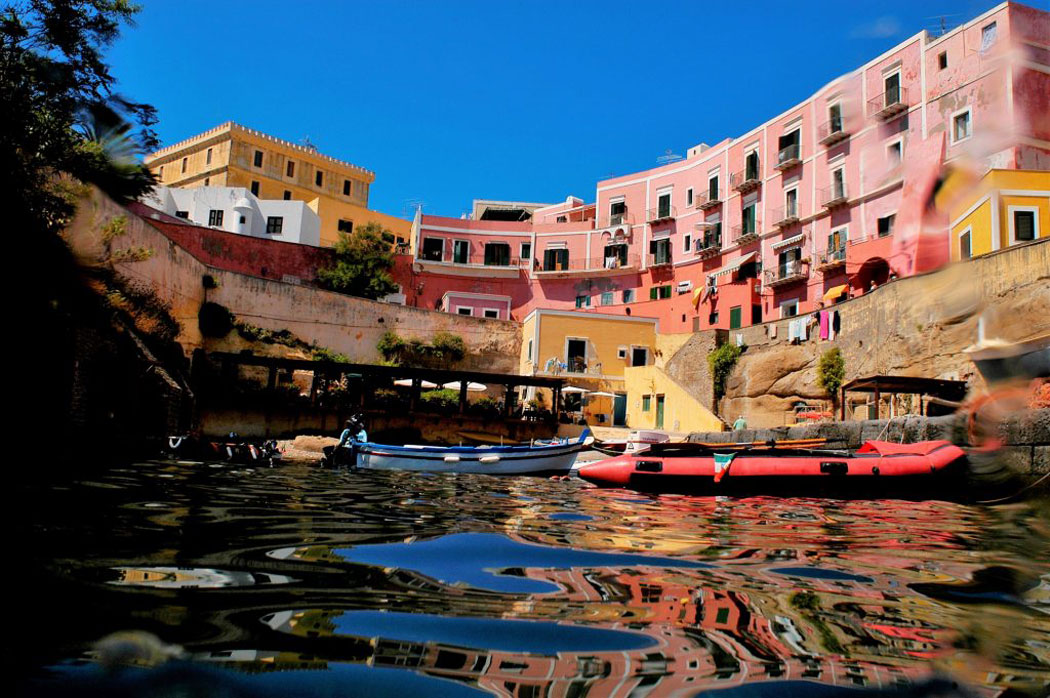
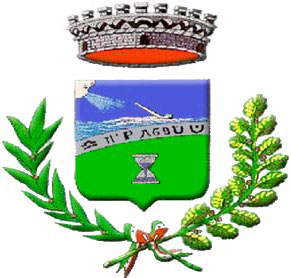
Ventotene is an island in the Pontine archipelago, originally called Pandataria ( for its fruits), and is said to be “the island of the mermaids” of Ulysses. Because of its position it has been chosen as a place of exile for many important Roman women including Giulia, daughter of the Roman emperor Augustus.
The emperor had built on this islande far from Rom a villa dedicated to idleness, creating a port and a water system. The port excavated in a large volcanic tuff rock is an artificial basin still in use today.
The water system on a volcanic island without natural sources consisted solely of rainwater collection tanks built with great skill and technique in which the waters remained oxygenated and in motion to avoid decay. After the period of Roman domination, Ventotene was abandoned and, after a long phase of decay, all the Pontine islands passed under the control of the Bourbons who had a bright thought about a societal project. Ponza and Ventotene were part of the personal belon- gings of Elisabetta Farnese, mother of King Charles of Bourbon.
The sovereigns decide to experiment, on these islands, a new system of socio-economic structure starting first from the island of Ponza. In thePrammatica Prima Prima (the name of the laws of the Bourbon Kingdom) the king offers some land on the islands of Ponza and Ventotene in emphyteusis (right to land bound to re sponsibility to improve it).
Read More
It started from Ponza in 1731 while the first 28 families of Ventotene arrived only in 1771 and each was assigned 5 ‘tommoli’ of woodland (1 tommolo corresponds to about 3,300 square meters) to be cultivated for their subsistence.
Ventotene’s fate soon joined that of the prison built in 1795 on the nearby island of Santo Stefano. The architecture of the prison was innovative and similar to the one of San Carlo theater in Napoli. All the cells could be controlled from the “stage”. This design follows the philosophy of Jeremy Bentham, according to which a person who feels controlled rarely falls into temptation.
For a while even the ancient Roman cisterns were used as a home for the labourers who had been requisitioned to build the prison of Santo Stefano.
The urban structure of Ventotene Borbonica developed around the palaces of temporal and spiritual power: the castle, a strong rampart accessible from a large square, and the church dedicated to the patron saint Candida. The arrival of the French first and later of the unifica tion of Italy change the socio-economic structure of the island that for years would continue to revolve around the prison. In modern times Ventotene became an island of political confinement and in 1941 three important confined persons, Altiero Spinelli, Ernesto Rossi and Eugenio Colorni, wrote the “Ventotene Manifesto” that planned the union of European countries even while the continent was embroiled in the second world conflict.
Ventotene’s destiny is however enclosed in its beauty and has been declared both a Marine Reserve and Terrestrial Reserve for the variety of its sea life and to be a reference point for birds during their migration. Today it is a tourist island loved by all travellers who seek a unique and special relationship with the history and nature of an island in unspoiled sea



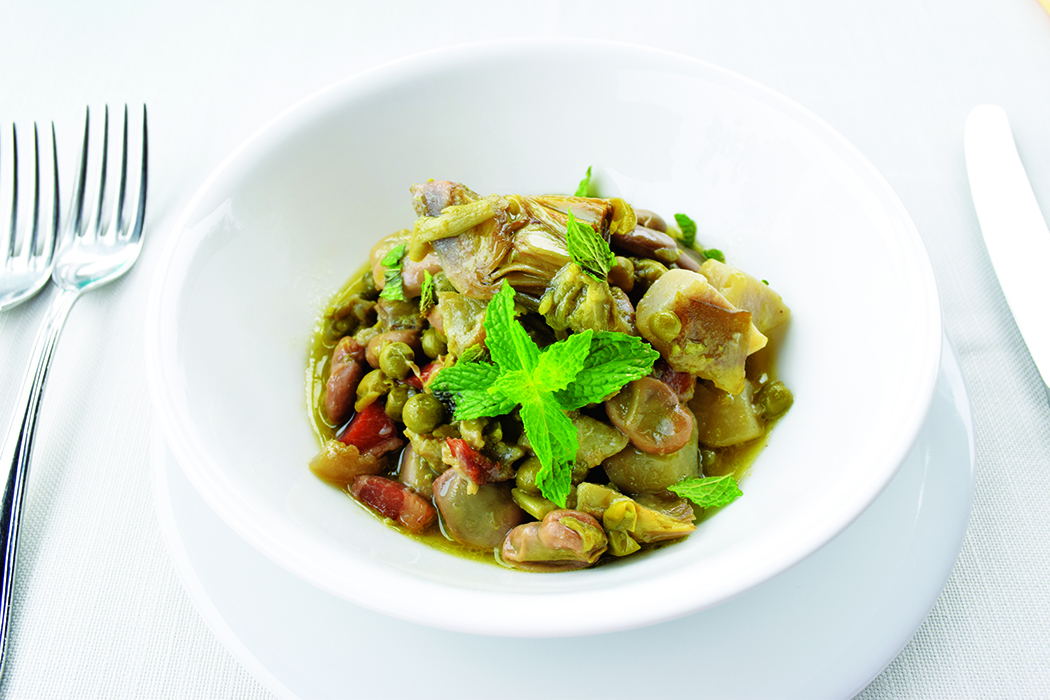
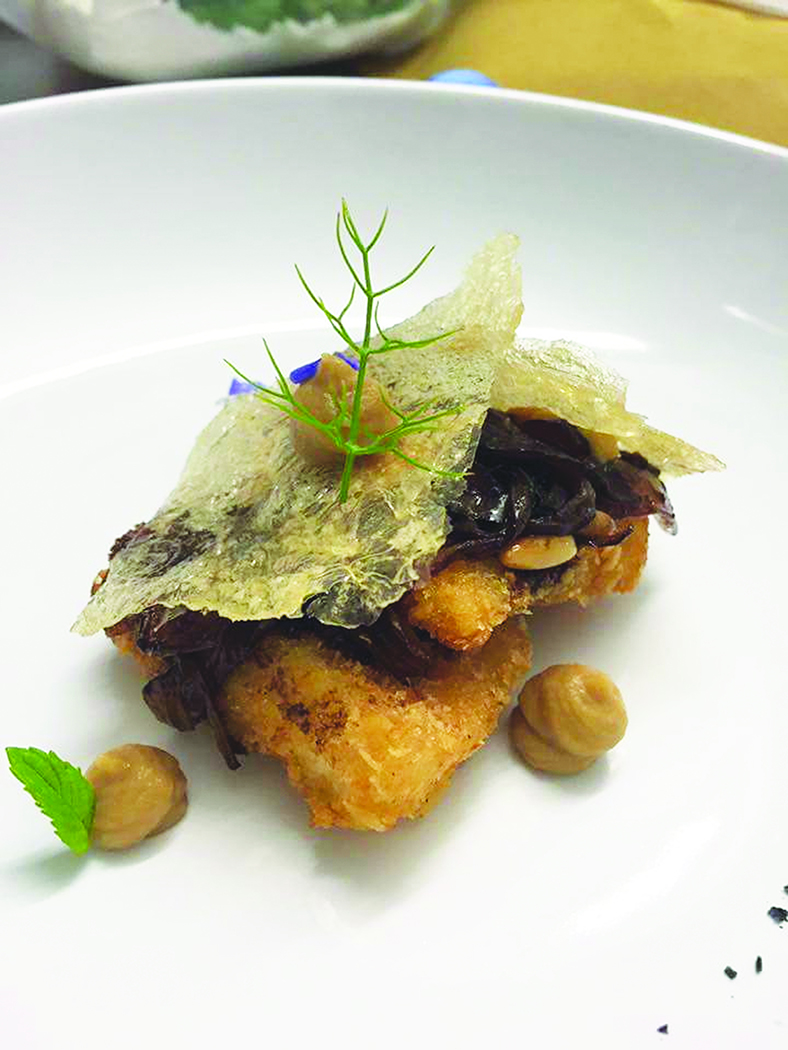
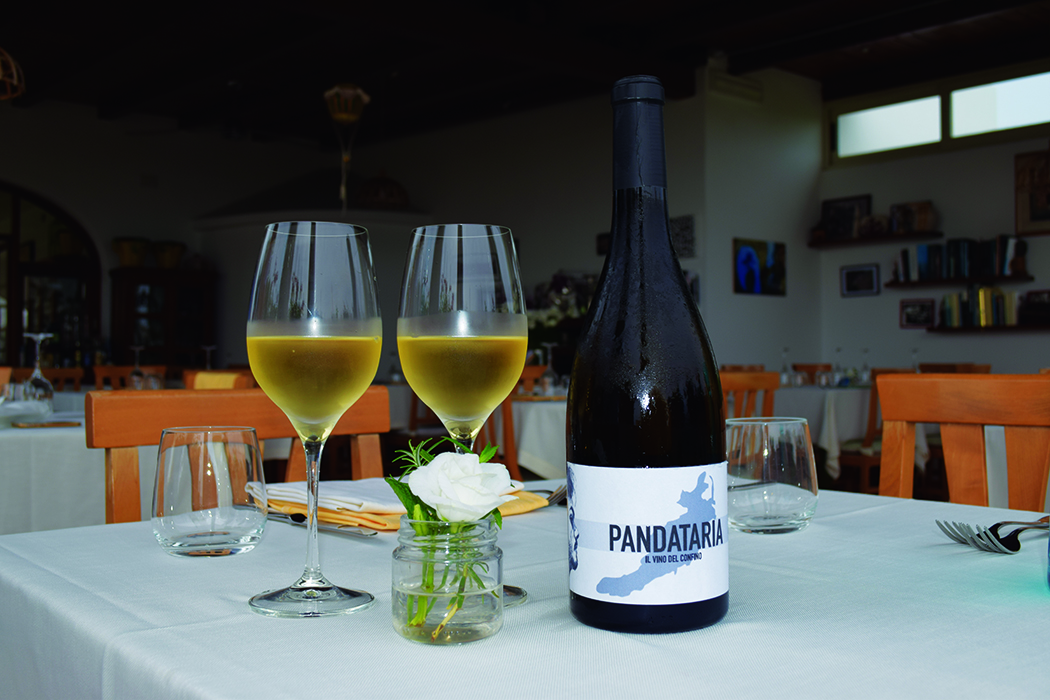

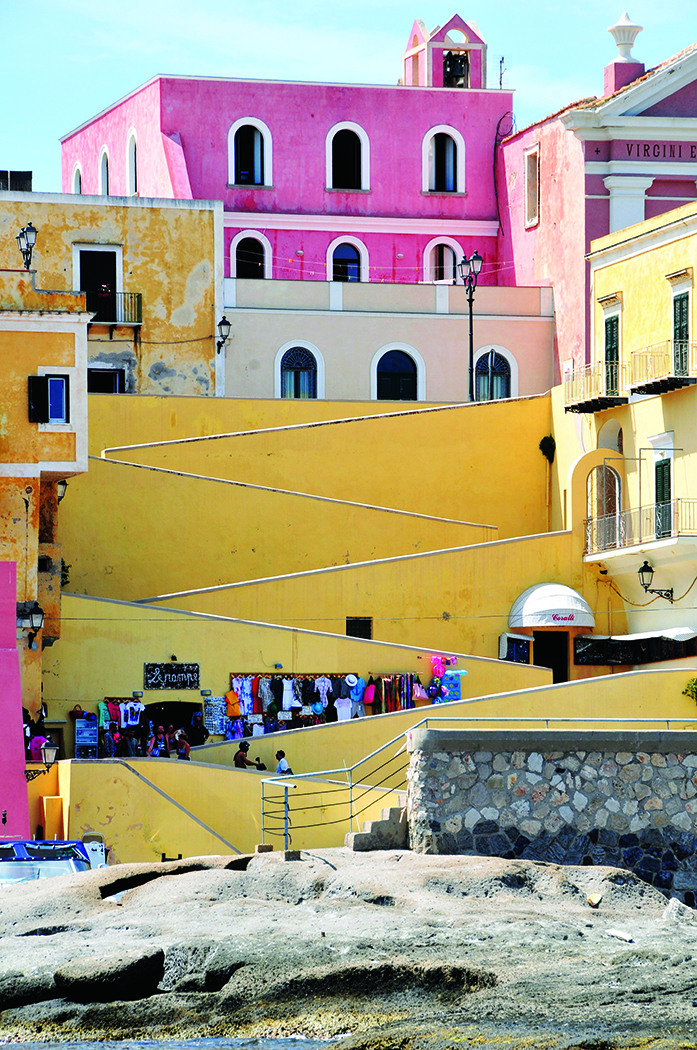
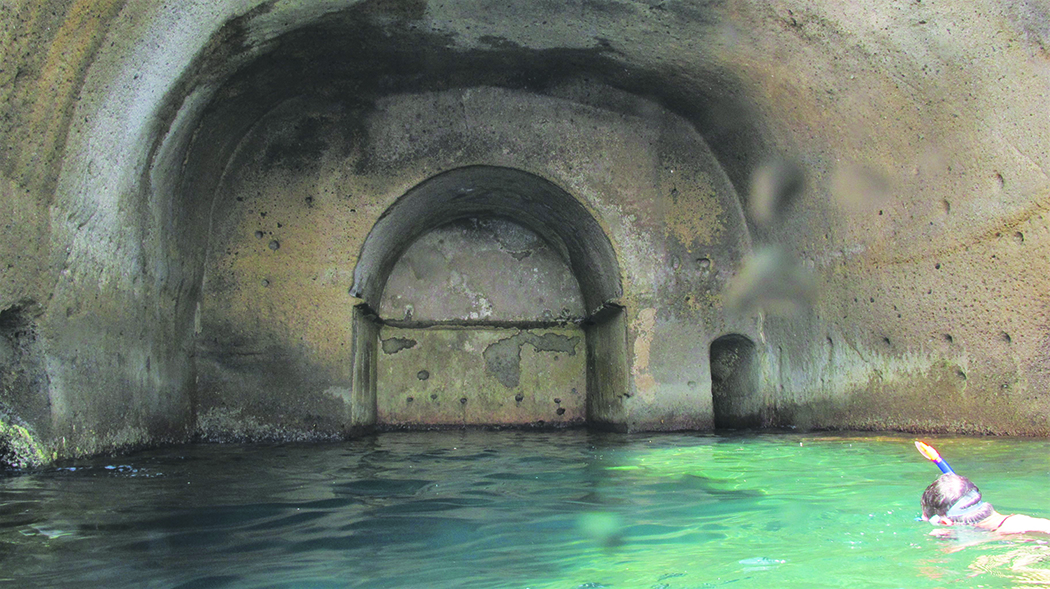
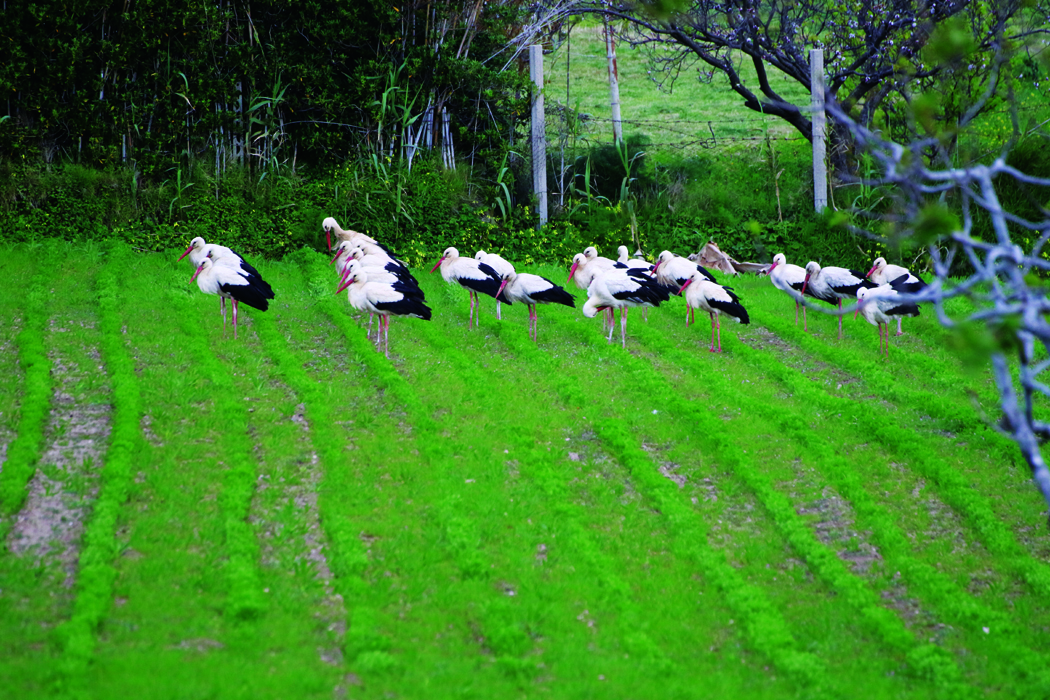

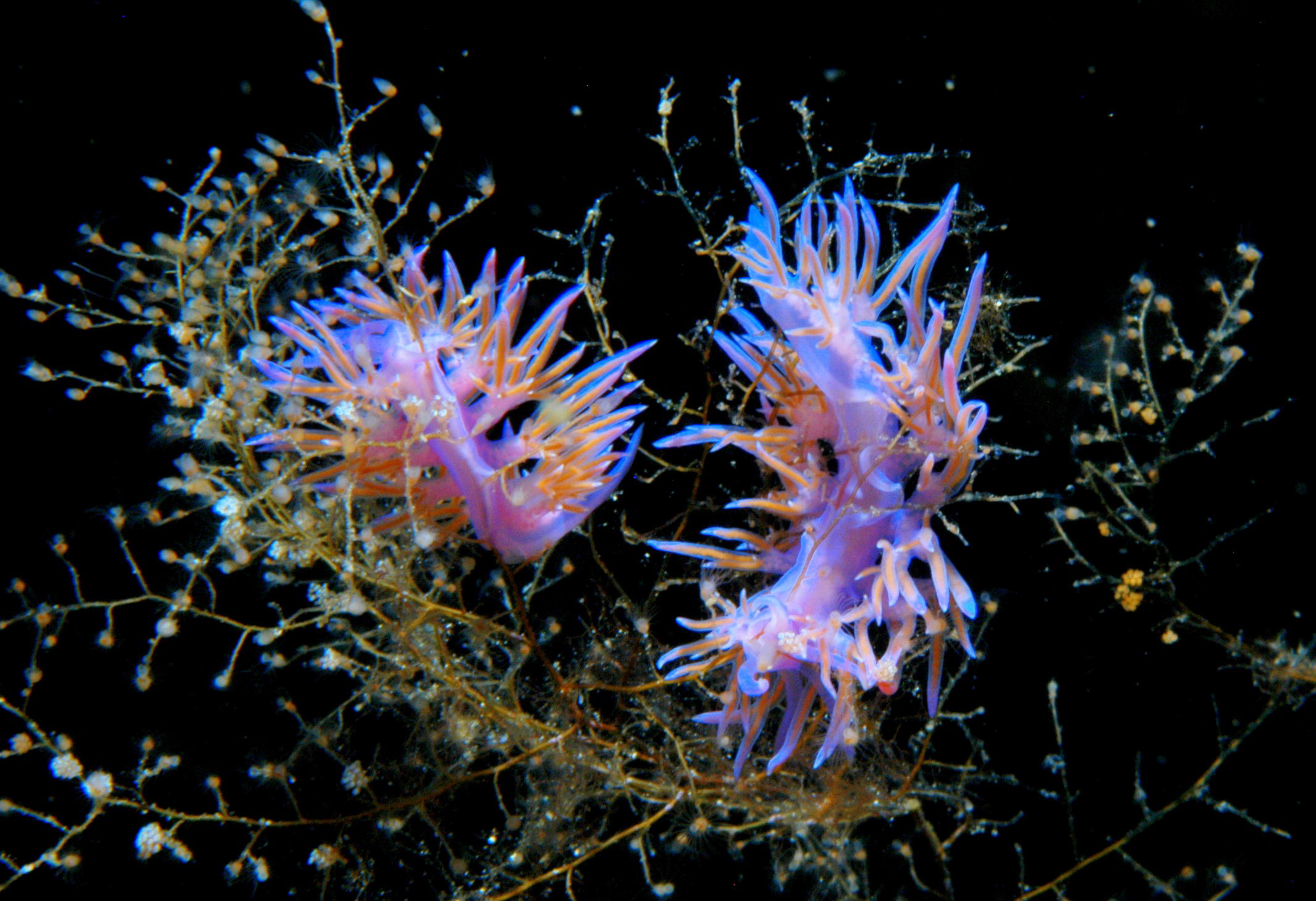
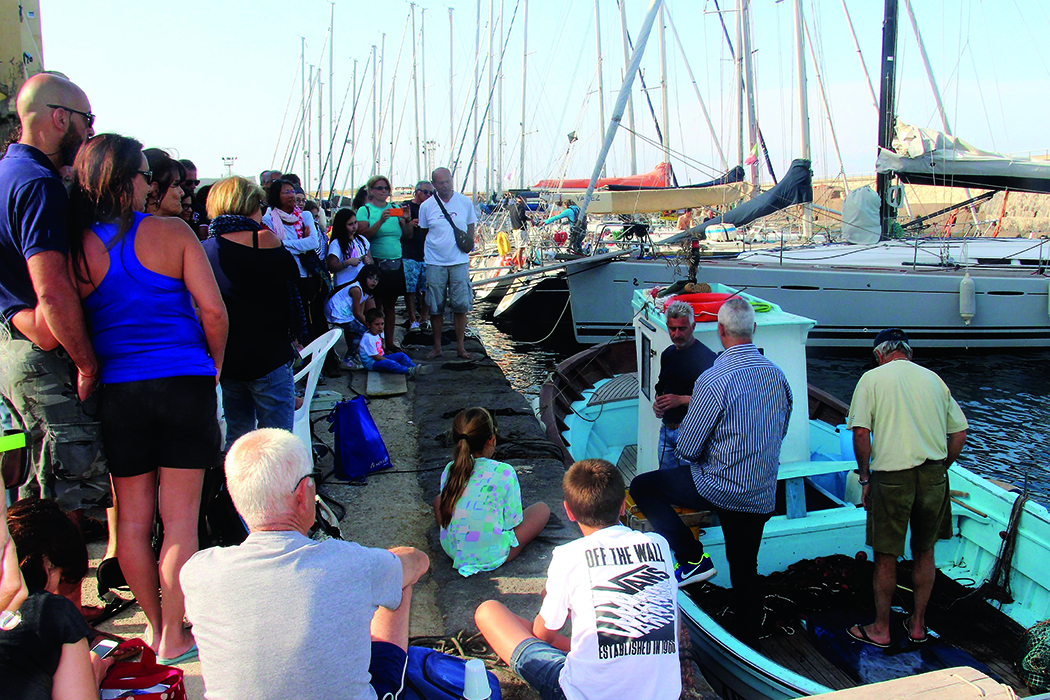
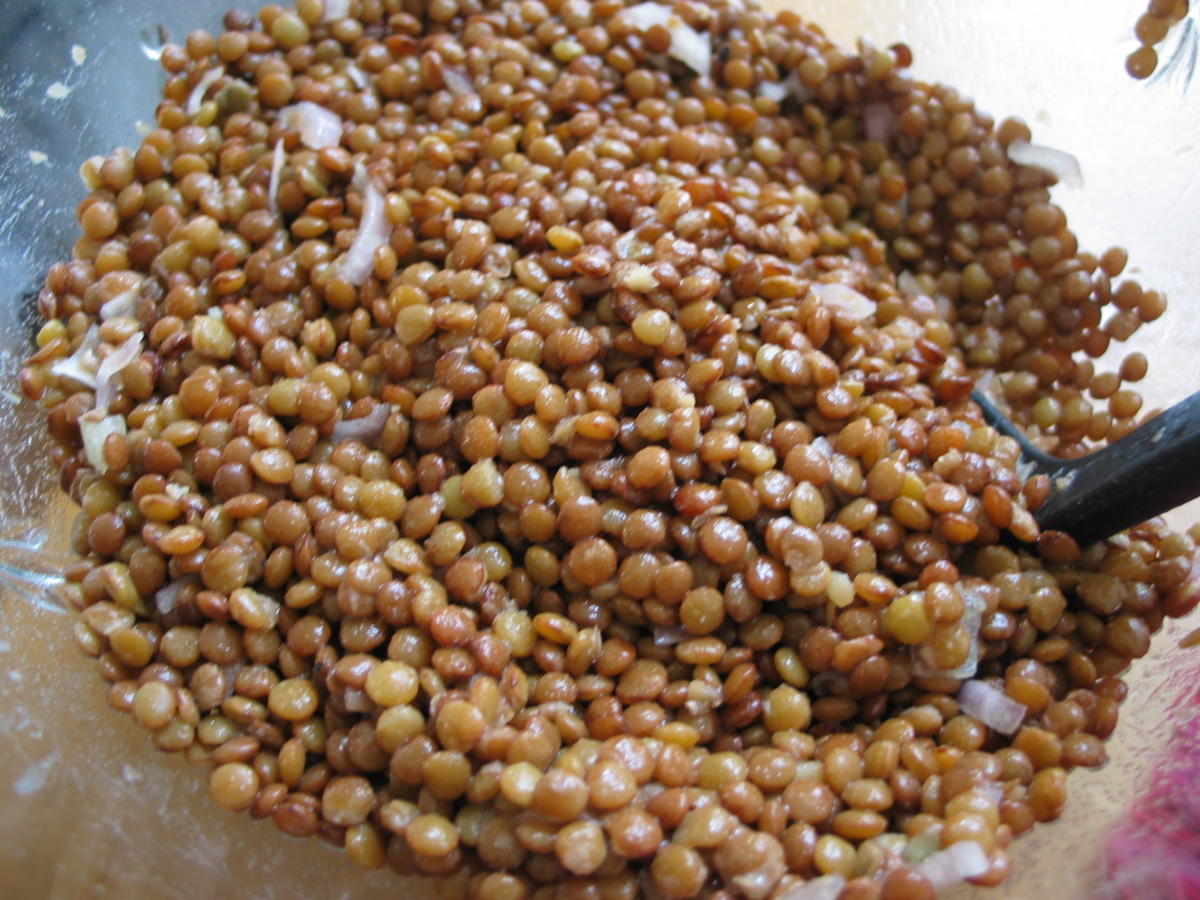
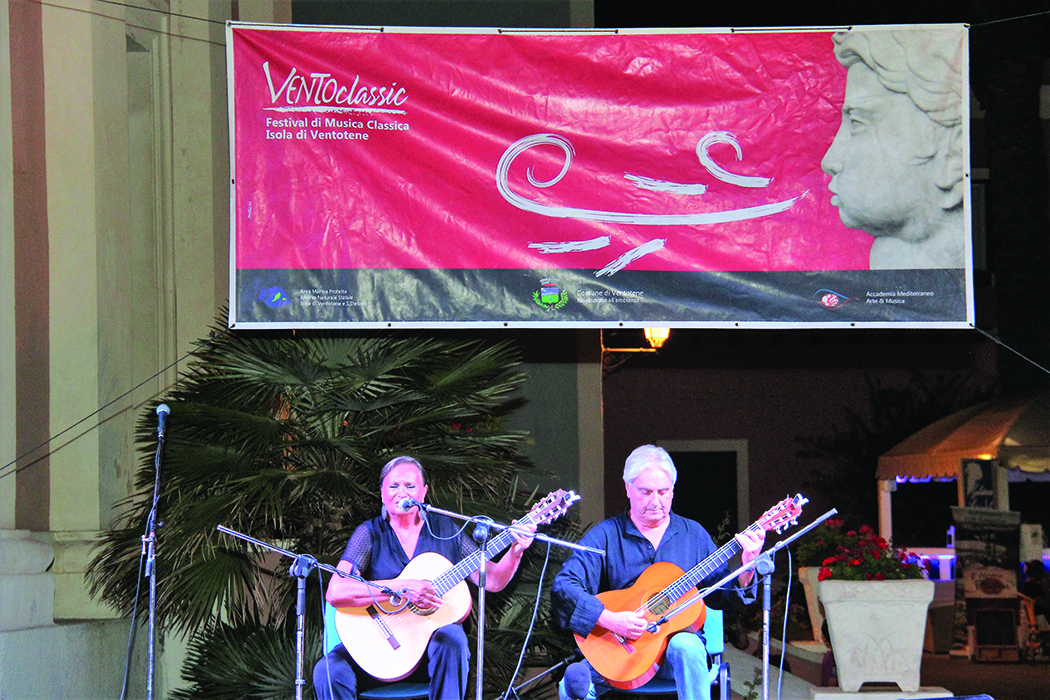
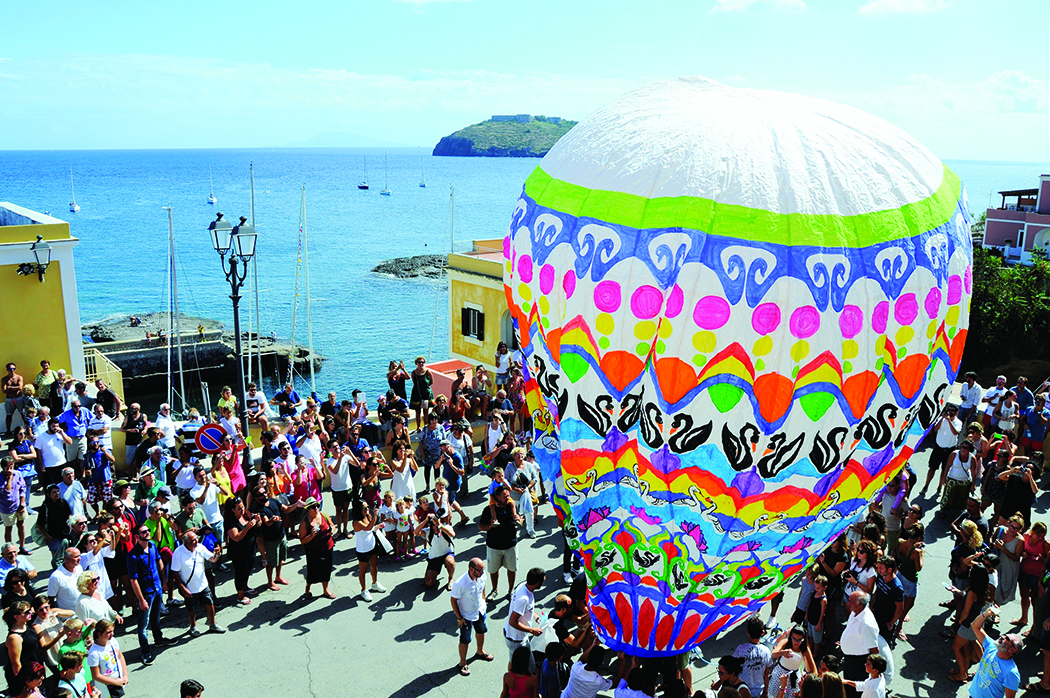
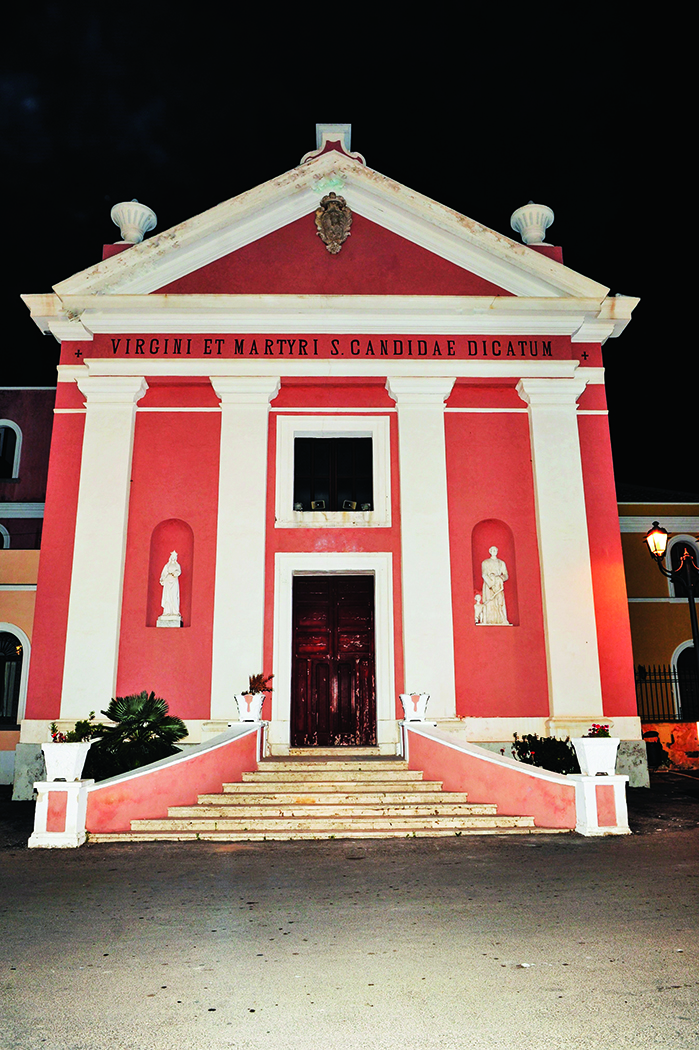
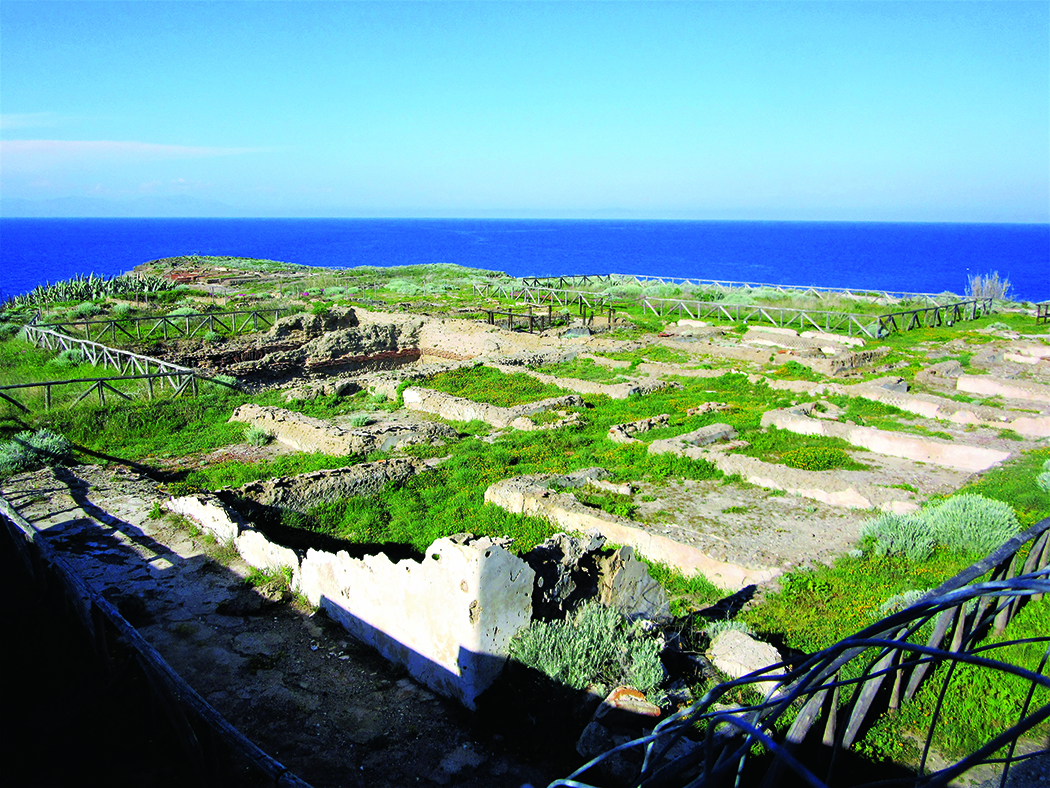
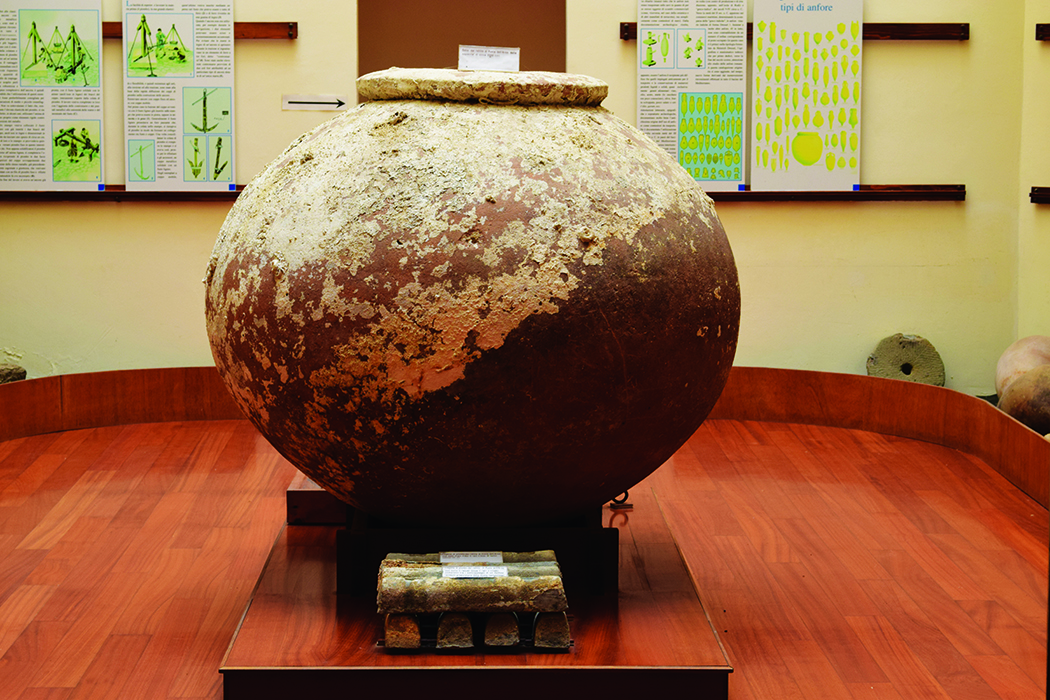

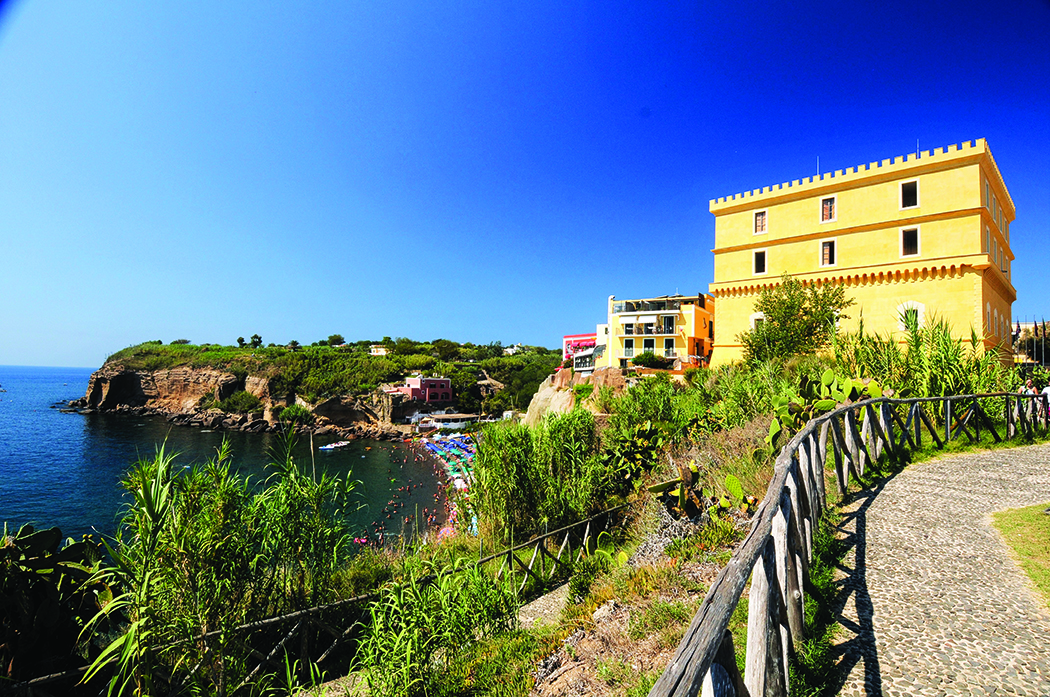
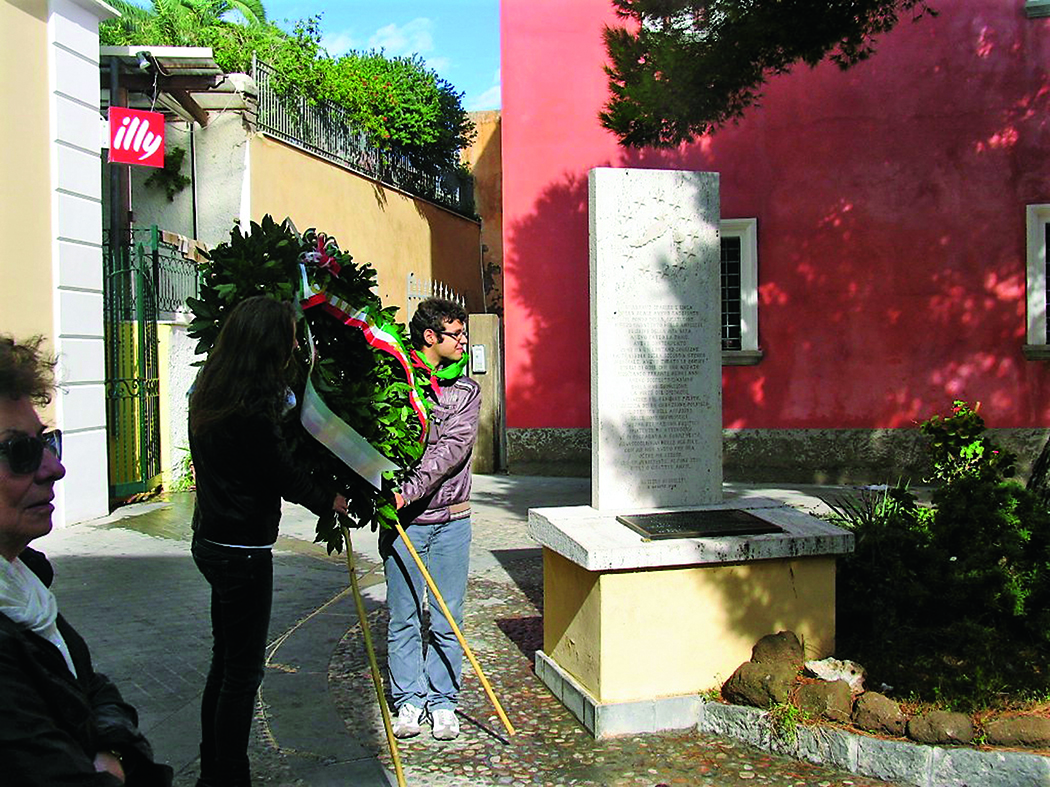
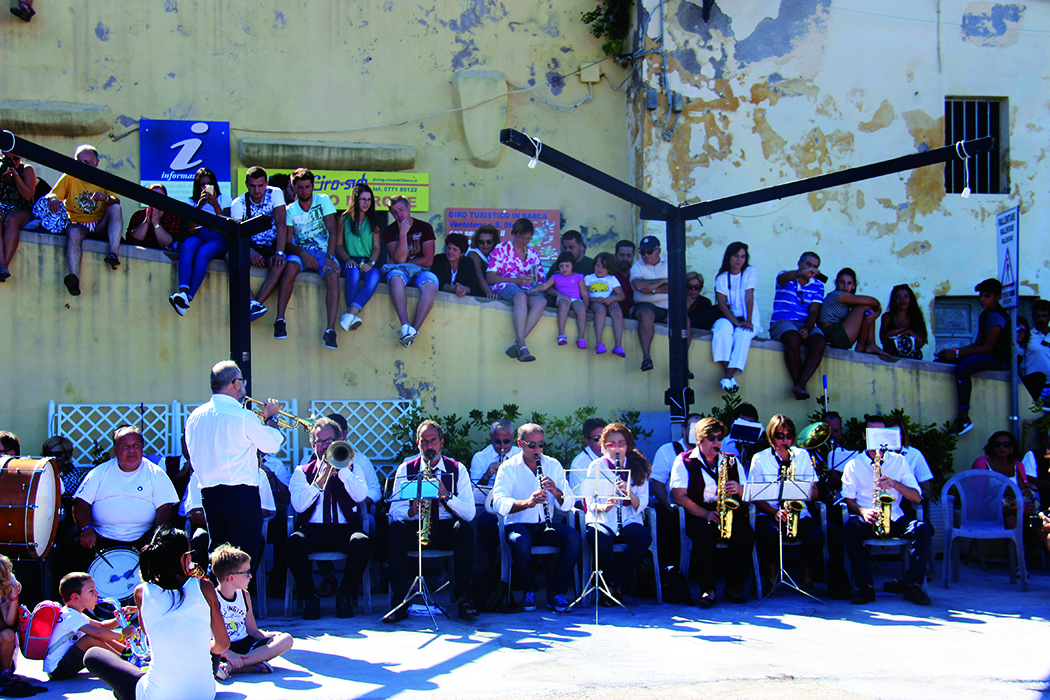
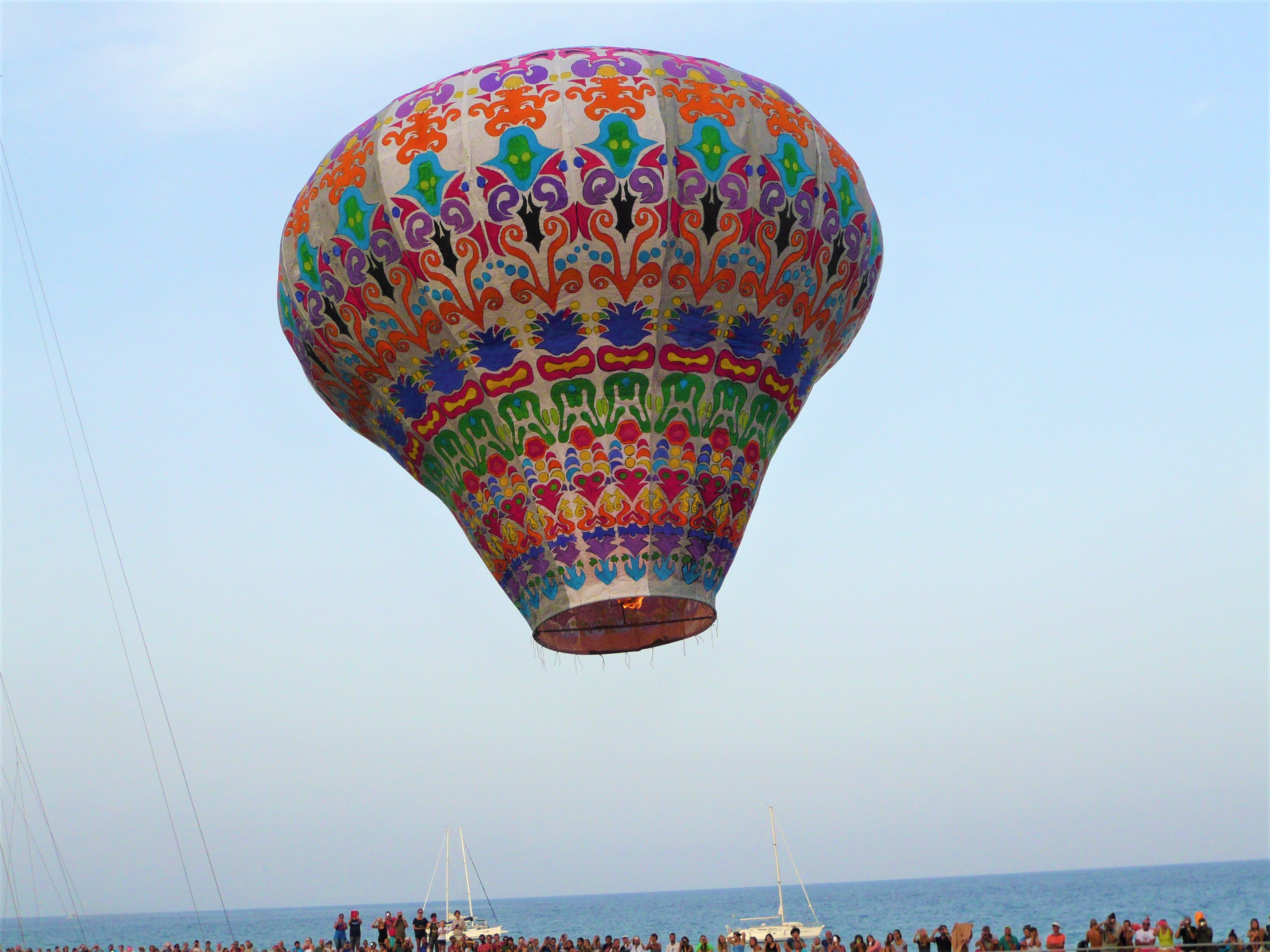
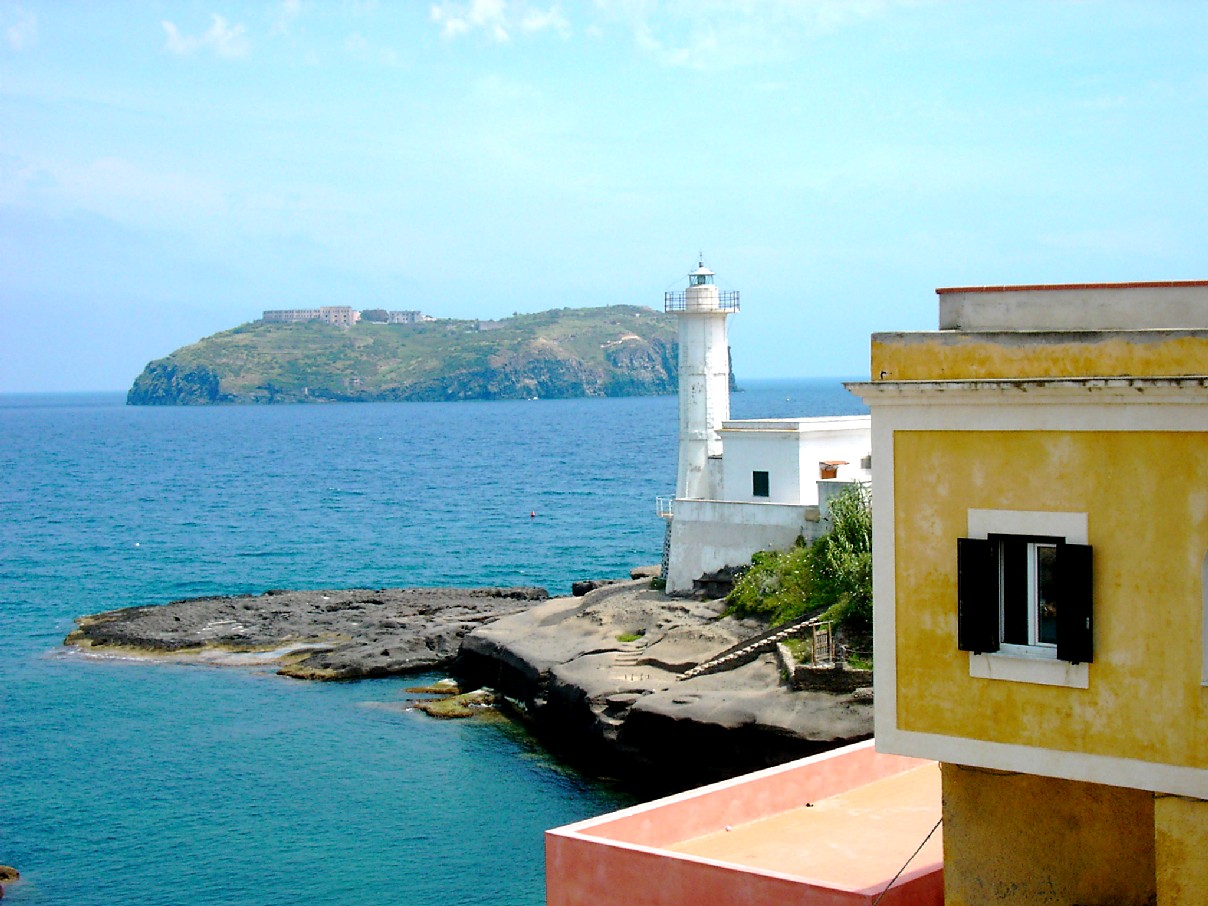
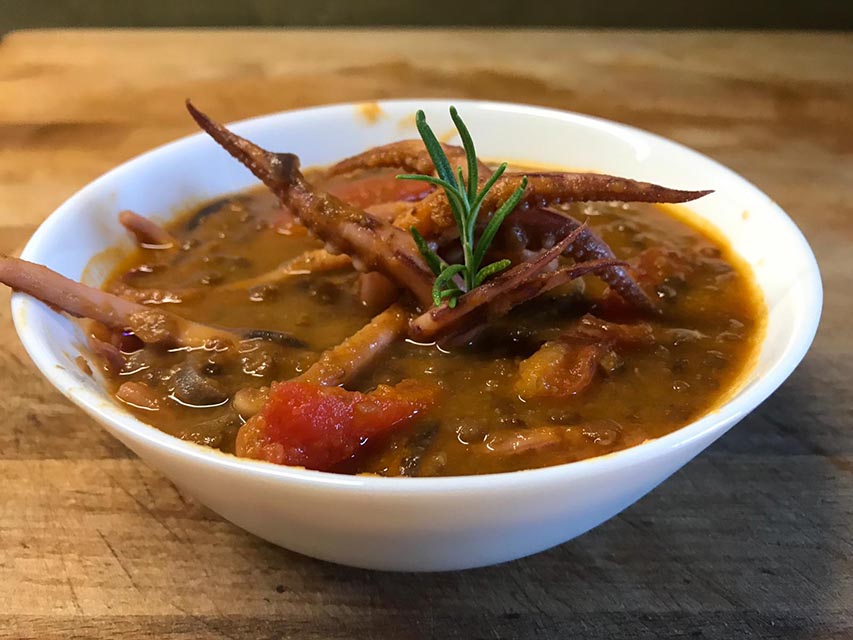




Follow us